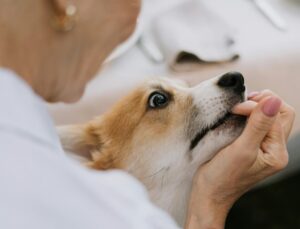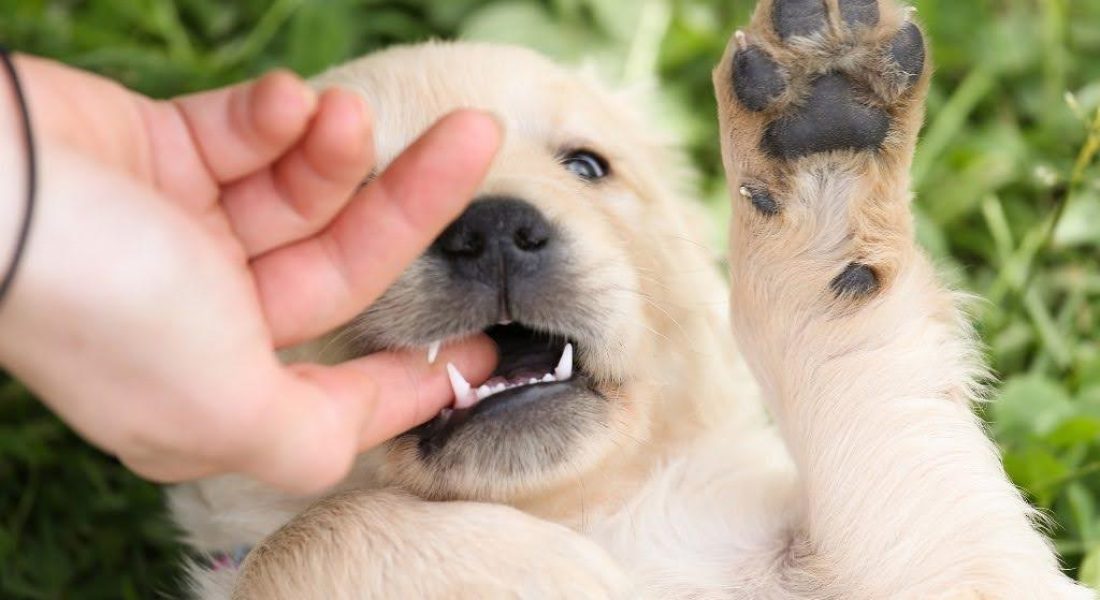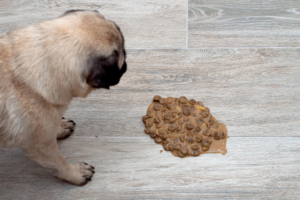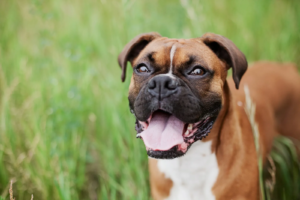Are you aware that more than 4.7 million people in the United States experience dog bites every year, with over 800,000 of them requiring medical attention? Canines can provide unconditional love and a great source of companionship, but it’s important to remember that even friendly dogs can bite if they feel threatened or anxious.
That’s why teaching your pup proper bite inhibition is such an important step in ensuring a happier and healthier life for everyone – both humans and animals alike! In this blog post, we’ll dive deeper into what ‘bite inhibition’ means for pet owners: from how to recognize warning signs to understanding how early socialization plays an integral role in positive training.
Learn the basics of why and how dogs bite
As pet owners, it’s crucial to understand the root cause of dog bites and how implementing proper bite inhibition training can prevent them. Contrary to popular belief, dogs don’t just bite out of aggression or malice – there are several reasons why a dog may resort to biting. These include fear, pain, overstimulation, or even resource guarding.
When puppies are born, they use their mouths to interact and explore the world around them. However, as they grow older, it’s essential to teach them appropriate bite strength and when it is appropriate to use their teeth. This process is known as ‘bite inhibition.’
Reasons Behind Biting
Fear
Just like humans, dogs can feel afraid or threatened in certain situations. When they are scared, their natural reaction may be to bite as a form of self-defense. For example, if a stranger approaches too quickly or tries to touch them without warning, a dog may feel the need to protect themselves by using their teeth.
Pain
Dogs who are experiencing pain or discomfort may bite as a way to communicate their discomfort. It’s important to be aware of your dog’s body language and any signs of physical pain, such as limping or whining, to address the issue before it escalates.
Overstimulation
Dogs have different levels of tolerance when it comes to physical touch and playtime. Some dogs may become overstimulated during play and may use biting as a way to express their excitement or frustration. This is especially true for puppies who haven’t learned proper bite inhibition yet.
Resource Guarding
Dogs are territorial animals, and they may feel the need to protect their belongings, such as food or toys. If a person or another animal approaches while the dog is eating or playing with their favorite toy, they may perceive it as a threat and resort to biting.

The Importance of Bite Inhibition Training
Early socialization and bite inhibition training are key in preventing dog bites. Properly socialized puppies learn how to interact with humans and other animals without feeling the need to use their teeth aggressively. Additionally, teaching dogs appropriate bite strength through positive reinforcement helps them understand that biting is not acceptable behavior.
It’s crucial to start bite inhibition training early on in a puppy’s life, as it becomes increasingly difficult to correct this behavior in older dogs. Positive reinforcement techniques, such as rewarding good behavior and redirecting negative behavior, are highly effective in teaching puppies proper bite inhibition. As pet owners, it’s also essential to understand our dog’s body language and respect their boundaries to avoid putting them in situations where they feel the need to bite.
How to Teach Proper Bite Inhibition
Start with the hardest bites first
Puppies have different levels of bite strength, with the hardest bites being the most painful. Start by teaching your pup to control their bite and use a softer mouth. Using strategies such as yelping or ignoring your puppy when they bite too hard can help teach them to lower their strength.
Use positive reinforcement techniques
Rewarding puppies for good behavior is crucial in any training process, including bite inhibition. Whenever your puppy controls their bite or chooses not to bite, praise them and offer a treat.
Socialize your puppy
Exposing puppies to different environments, people, and animals while they are young helps them become more confident and less fearful as well. It also teaches them appropriate behaviors when interacting with others.
Signs of Poor Bite Inhibition
It’s essential to be aware of the warning signs that your puppy may not have proper bite inhibition. These include:
- Biting or nipping during playtime, even if it’s gentle.
- Difficulty controlling their bite when they get too excited.
- Not responding to redirection or positive reinforcement techniques.
If you notice any of these behaviors in your puppy, it’s essential to continue to work on it and possibly seek professional help from a certified dog trainer. They can provide you with personalized guidance and support to address the issue and prevent it from escalating.
Conclusion
Teaching proper bite inhibition is crucial for pet owners to ensure the safety of everyone around their dogs. By understanding why dogs may resort to biting and implementing early socialization and positive reinforcement training, we can prevent dog bites and create a happier and healthier bond with our furry friends.
Remember, bite inhibition is not about stopping your dog from biting altogether but teaching them when it’s appropriate to use their teeth gently. So be patient, and consistent, and always seek professional help if needed – your puppy will thank you for it!




